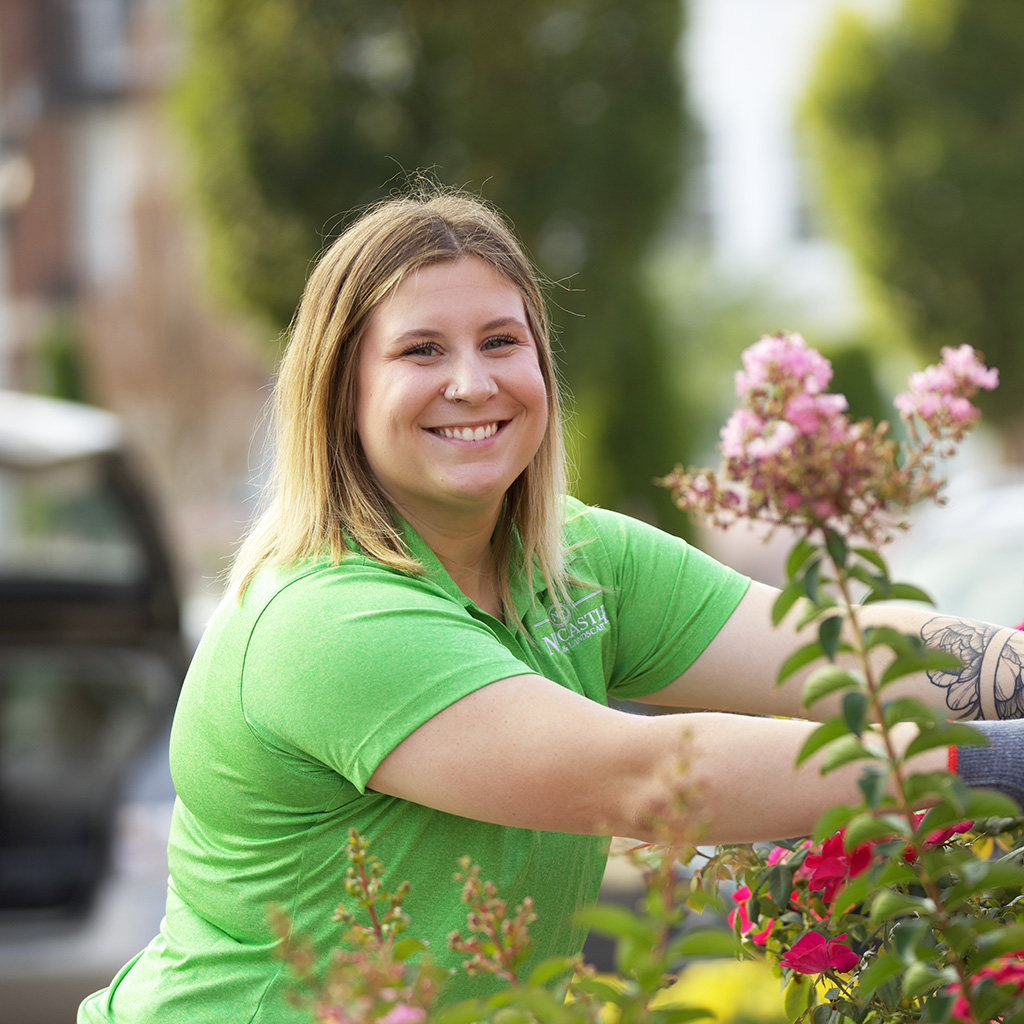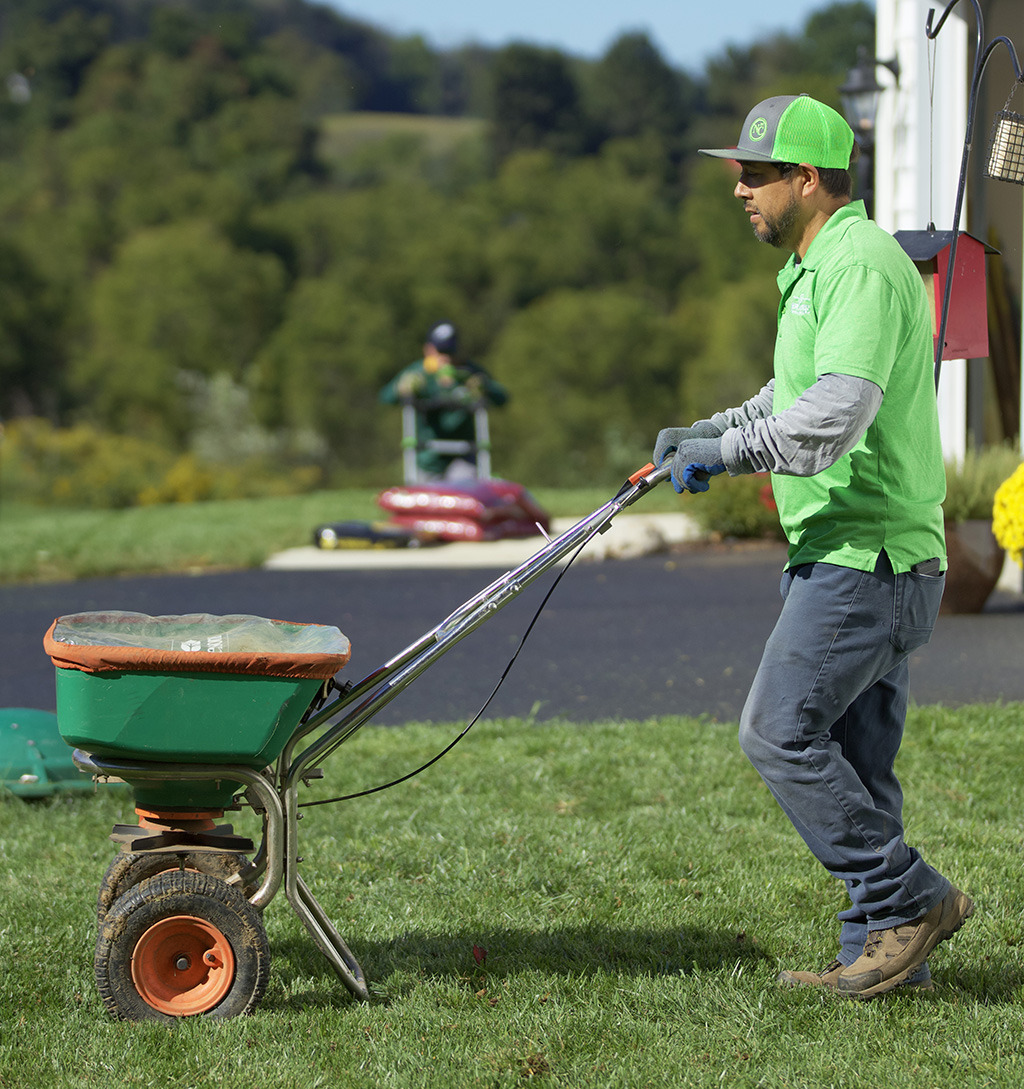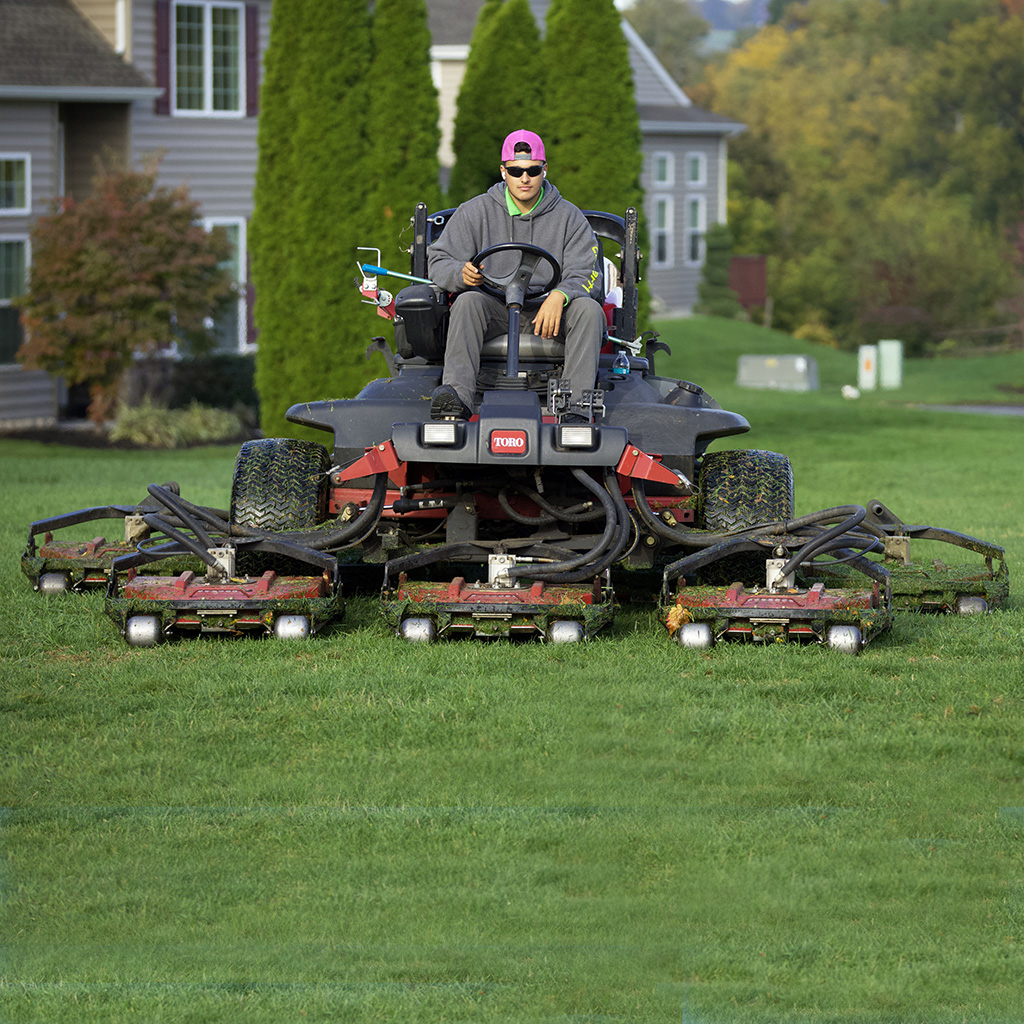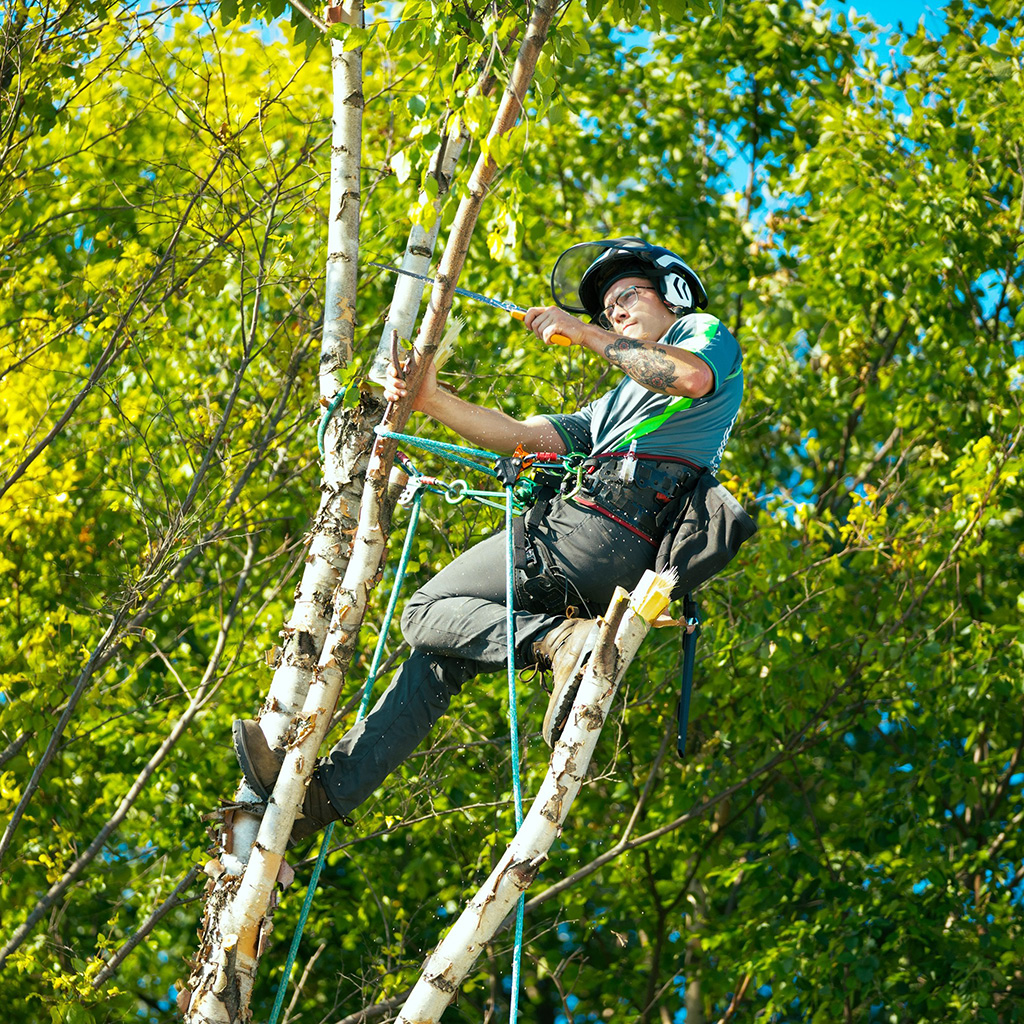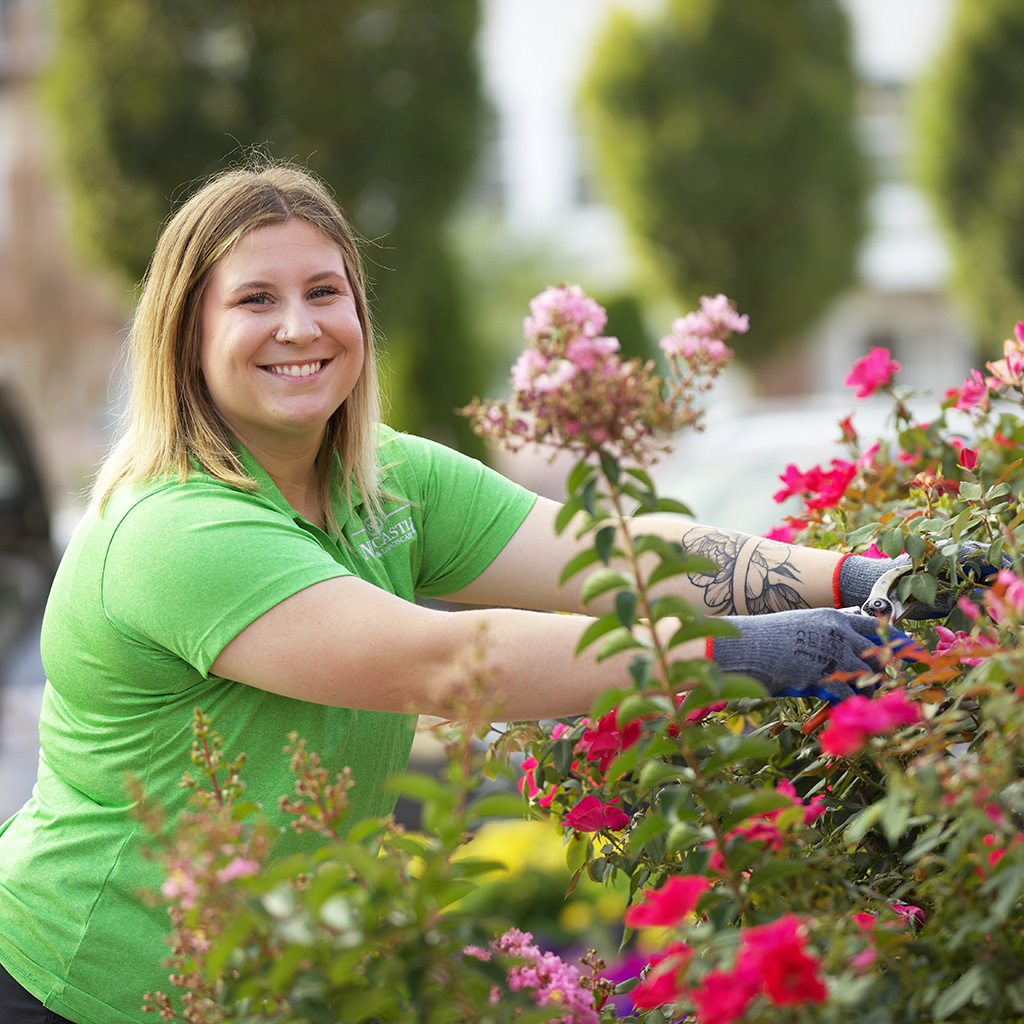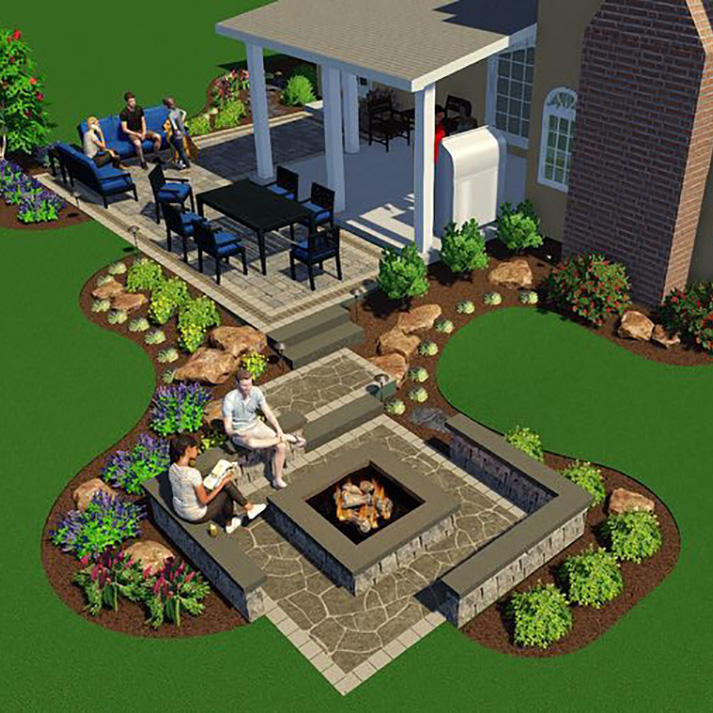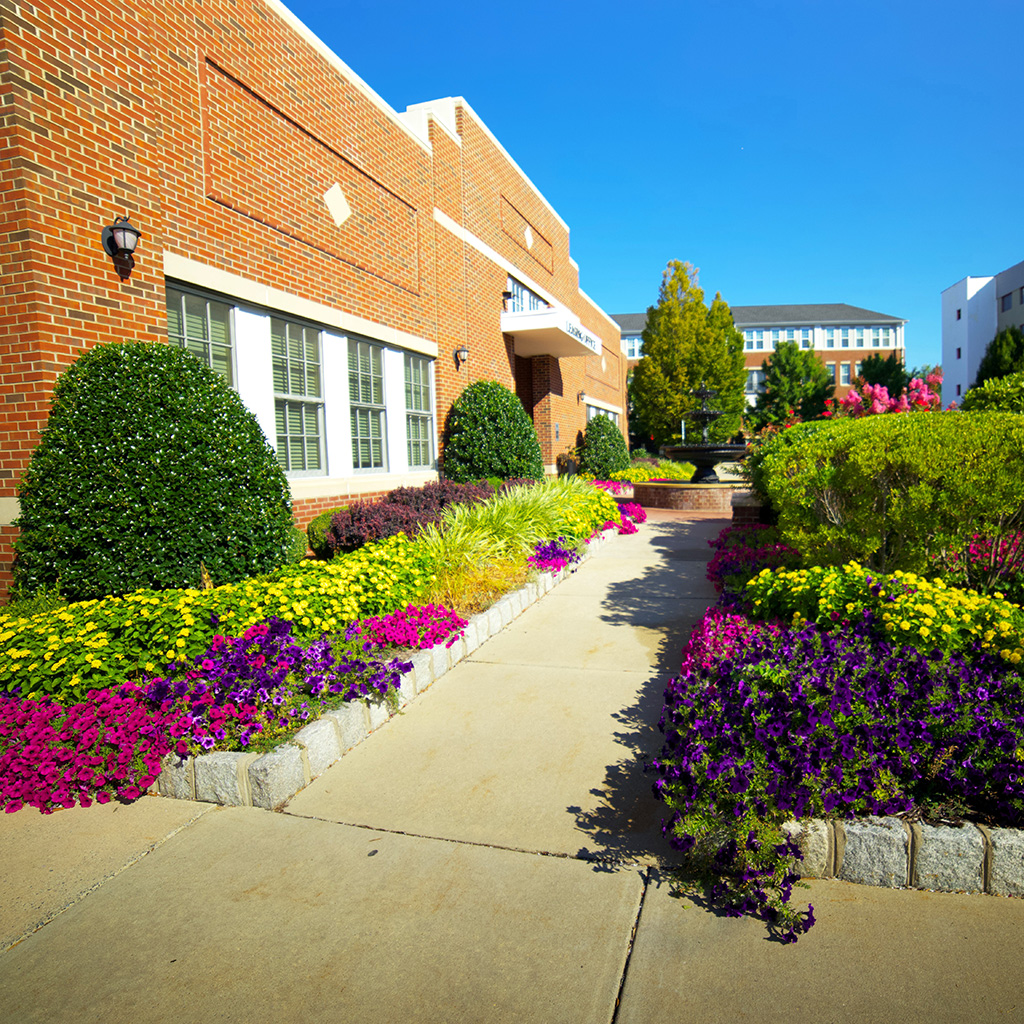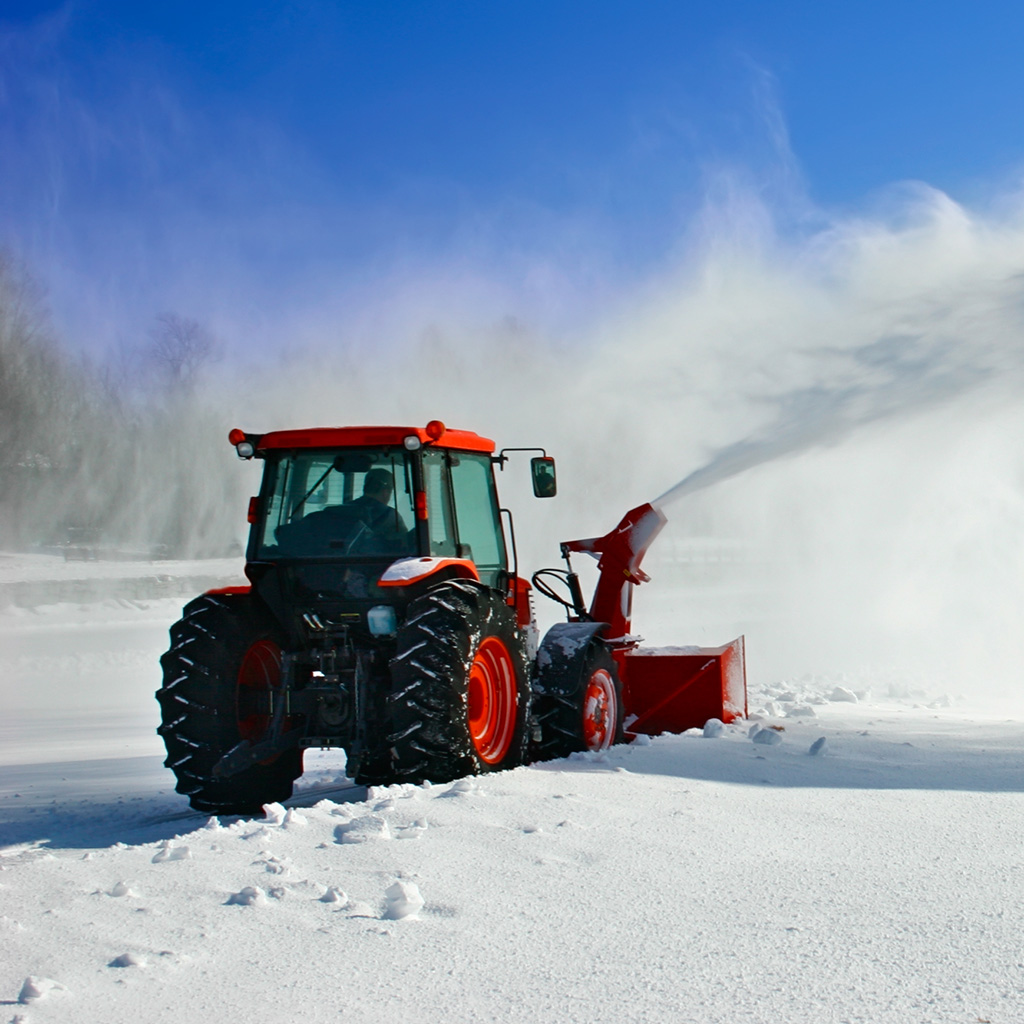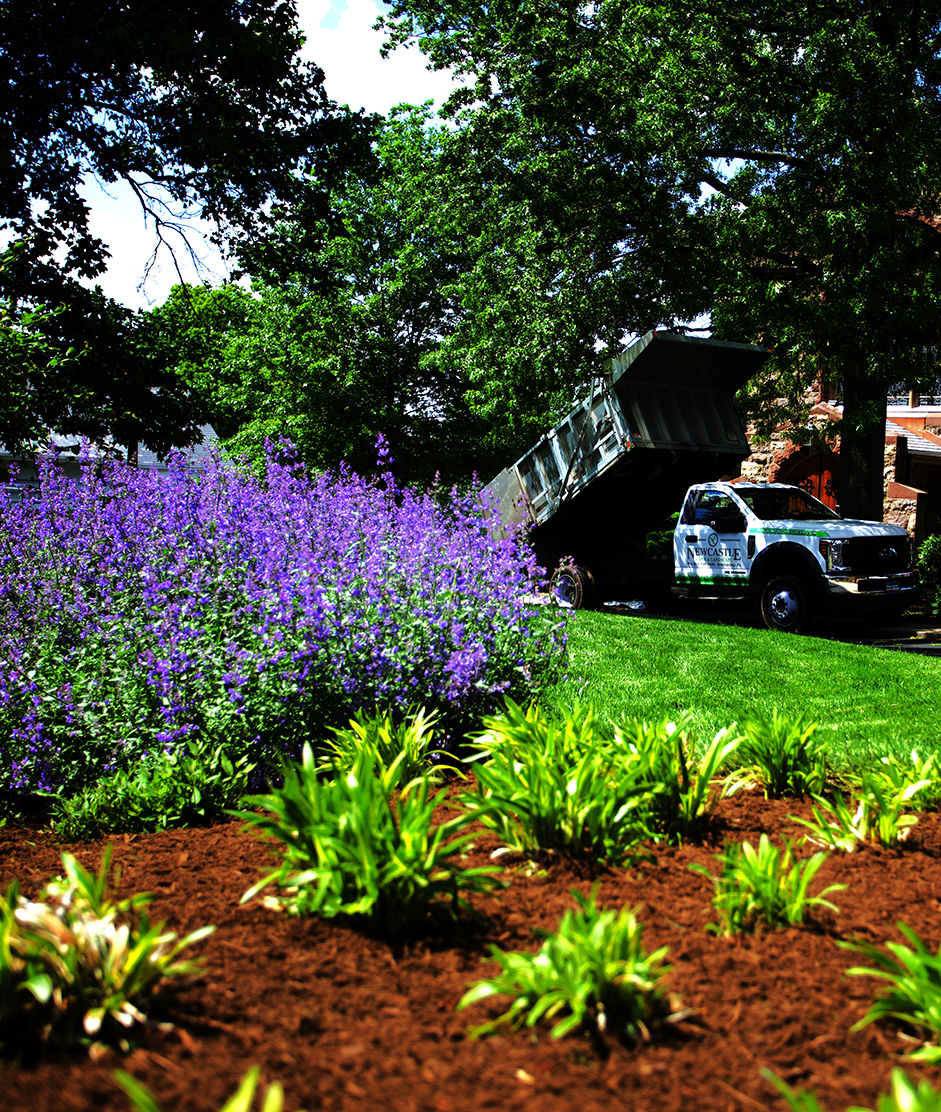
THE NEW CASTLE DIFFERENCE
Why Choose Us.
Voted “Best Lawn & Landscape Company” by BCL Magazine and named “Best Lawn & Landscape Company to Work For” in the continental US by Lawn & Landscape Magazine.
Fast Inquiry Response
We will respond to your inquiries promptly.
Award Winning Work
Awards from leading journals in the industry.
97% Renewal Rate
We're proud of our 97% Commercial Renewal rate.
Licensed & Insured
We are prepared for accidental damage

